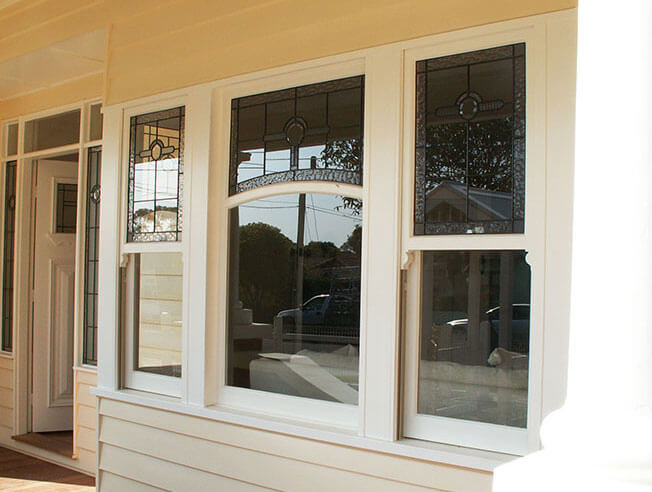All Categories
Featured
Table of Contents
Brisbane's Best Double Glazed Windows in Crawley WA
Laminated glass is typically used in areas in the home most prone to injury from human effect such as bathrooms, doors, around staircases and in locations near to the floor (it satisfies the requirements of 'security glass' that is mandated for use in these locations by Australian Basic AS 1288 Glass in structures).
Toughened glass has actually been 'tempered' by being reheated and rapidly cooled once again. This procedure makes it much stronger than standard glass it can resist higher impact loads before breaking. It also makes it safer due to the fact that, when it does shatter, it burglarizes lots of little cubic pieces rather than dangerous shards.
The Ultimate Guide To Double Glazed Windows in Bedfordale WA
Toughened glass has no thermal or acoustic benefits over other glass of the exact same toning or thickness. Secondary glazing is where single-glazed windows are retrofitted with a transparent acrylic or glass sheet connected to the within the frame or openable sash with a secondary frame or with magnetic strips.


Secondary glazing will not carry out too thermally as a produced IGU, given that it is difficult to totally seal the perimeter, however it can provide good sound control. Window films are a thin polymer film containing an absorbing dye or reflective metal layer, with an adhesive support. They stick to your glazing to change its colour or make it reflective.
Benefits Of Replacing Double Glazing Windows In The Summer in Upper Swan WA
Applied to existing glass, some window films can halve the general SHGC of the window by absorbing and/or reflecting solar radiation. This can be particularly advantageous in hotter environments where cooling is the primary concern, or on east and west elevations directly exposed to long periods of sunshine. Window films might also reduce noticeable light transmittance.

For this factor, it is normally best to utilize a certified installer of window film. Frames have a significant effect on the thermal efficiency of doors and windows, since energy can be gained and lost through the frame, along with through the glass. Various types of frame will allow various levels of heat gain and loss, so careful option of frame is very important for effective passive design.
Double Glazed Windows & Doors Melbourne & Sydney in Jolimont WA
Nevertheless, aluminium is also a great conductor of heat and will reduce the insulating value of a glazing system, unless particularly engineered to reduce this. A 'thermally broken' frame is comprised of 2 aluminium areas linked by a structural insulator (usually a low-conductivity structural polymer). This 'breaks' the thermal connection through the aluminium and decreases the heat streaming through the frame.
Lumber frames are a good natural insulator that can suit some house designs. Wood frames need to be made from species that have naturally high durability or be dealt with to avoid decay and deformation.
Double Glazing Windows - The Best Installers In The Uk ... in Eden Hill Perth
(weather stripping) is set up.
u, PVC windows and doors have excellent thermal performance Picture: Ben Wrigley (Light Home Architecture and Science) Composite frames utilize aluminium profiles on the external sections with either a timber or u, PVC inner area. These combine the low maintenance and durability of aluminium with much enhanced thermal efficiency.
Latest Posts
Diy Double Glaze in Koondoola WA
Glass Selector - Custom Single & Double Glazed ... in Midvale Perth
Does Double Glazing Keep Heat Out in Woodvale Western Australia